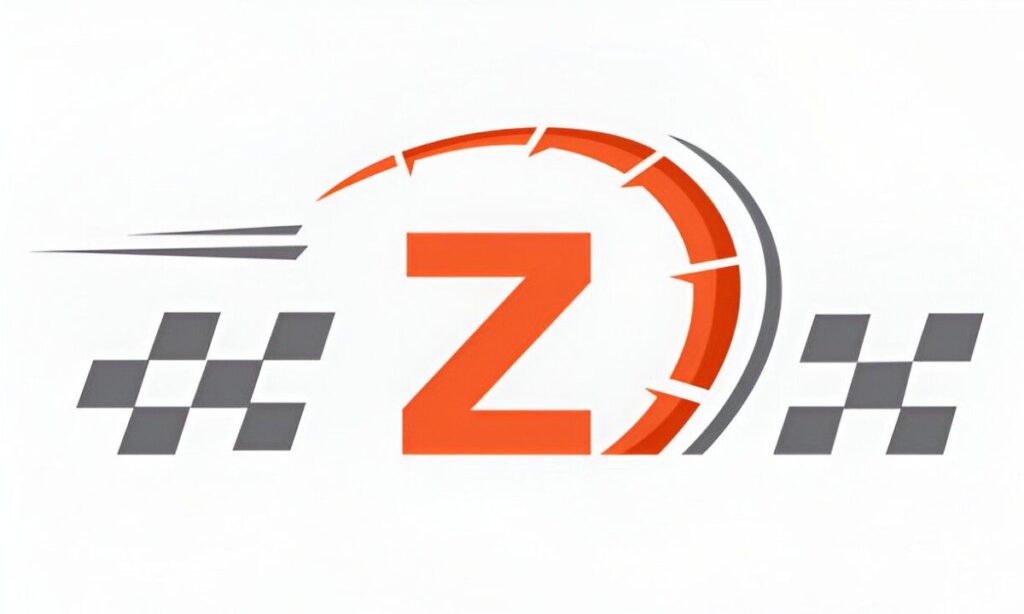Introduction
I often find that the backbone of modern finance remains hidden from public view. One such critical yet underappreciated institution is the London Bankers’ Clearing House (LBCH), a cornerstone of financial transaction settlement. If you’ve ever wondered how banks settle transactions without physically moving money, this guide will demystify the process. I will explore the LBCH’s history, mechanics, and its role in today’s financial ecosystem while keeping the discussion accessible to beginners.
Table of Contents
What Is the London Bankers’ Clearing House?
The LBCH, established in the 18th century, was the first formalized clearing system for banks. It allowed member banks to settle mutual obligations efficiently without exchanging physical cash. Instead, banks netted their positions—offsetting credits and debits—to determine the final amount owed.
The Clearing Process: A Simplified Example
Suppose three banks—Bank A, Bank B, and Bank C—engage in transactions:
- Bank A owes Bank B \$100.
- Bank B owes Bank C \$150.
- Bank C owes Bank A \$200.
Instead of three separate payments, the LBCH nets the positions:
- Bank A receives \$200 from Bank C but owes \$100 to Bank B. Net position: +\$100.
- Bank B receives \$100 from Bank A but owes \$150 to Bank C. Net position: -\$50.
- Bank C receives \$150 from Bank B but owes \$200 to Bank A. Net position: +\$50.
The LBCH ensures only the net amounts are settled, reducing the number of transactions.
Historical Context: Why the LBCH Mattered
Before the LBCH, banks settled transactions by physically transferring gold or banknotes—a risky and inefficient process. The LBCH introduced multilateral netting, a revolutionary concept that minimized liquidity needs and operational risks.
Comparison: Pre-LBCH vs. Post-LBCH Settlement
| Aspect | Pre-LBCH | Post-LBCH |
|---|---|---|
| Transaction Speed | Slow (days or weeks) | Fast (same-day clearing) |
| Risk Exposure | High (theft, loss) | Reduced (netting lowers exposure) |
| Liquidity Requirement | Large (full amounts exchanged) | Lower (only net amounts settled) |
How Modern Clearing Houses Operate
While the LBCH laid the groundwork, today’s systems—like CHAPS (Clearing House Automated Payment System) and Fedwire in the US—use real-time gross settlement (RTGS). However, netting principles remain vital in systems like ACH (Automated Clearing House).
Mathematical Underpinnings of Netting
The net obligation N_i for bank i in a system with n banks is:
N_i = \sum_{j=1}^{n} (C_{ij} - D_{ij})Where:
- C_{ij} = Credit from bank j to bank i.
- D_{ij} = Debit from bank i to bank j.
If N_i > 0, the bank receives funds; if N_i < 0, it pays.
The US Perspective: Comparing LBCH to Fedwire and ACH
The US relies on two key systems:
- Fedwire – RTGS for high-value transactions (no netting).
- ACH – Batched net settlement for lower-value payments (similar to LBCH’s netting).
Example: ACH Netting
Suppose three US banks have the following obligations:
| Payer → Payee | Amount |
|---|---|
| Bank X → Bank Y | \$500 |
| Bank Y → Bank Z | \$300 |
| Bank Z → Bank X | \$400 |
Net positions:
- Bank X: +\$400 - \$500 = -\$100.
- Bank Y: +\$500 - \$300 = +\$200.
- Bank Z: +\$300 - \$400 = -\$100.
Only \$200 moves from Bank X and Bank Z to Bank Y, rather than \$1,200 in gross settlements.
Risks and Safeguards in Clearing Houses
While netting reduces liquidity needs, it introduces systemic risk—if one bank fails, others may face shortfalls. Modern systems mitigate this via:
- Collateral requirements – Banks post high-quality assets.
- Loss-sharing agreements – Members absorb defaults collectively.
Example: Default Scenario
If Bank Y in the previous example defaults, Bank X and Bank Z must cover the shortfall. Clearing houses enforce margin calls to prevent such disruptions.
The Future of Clearing Houses
With blockchain and central bank digital currencies (CBDCs), settlement systems may evolve. However, the LBCH’s legacy—efficiency through netting—will endure.
Conclusion
The LBCH revolutionized financial settlements by introducing netting, a principle still used today. Understanding these mechanisms helps demystify how banks move money seamlessly. Whether through ACH or RTGS, the core idea remains: minimizing unnecessary transactions while ensuring trust and efficiency.





